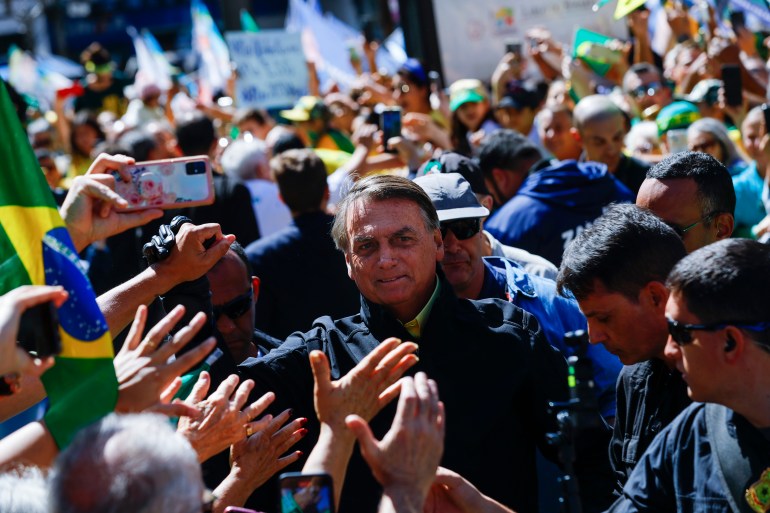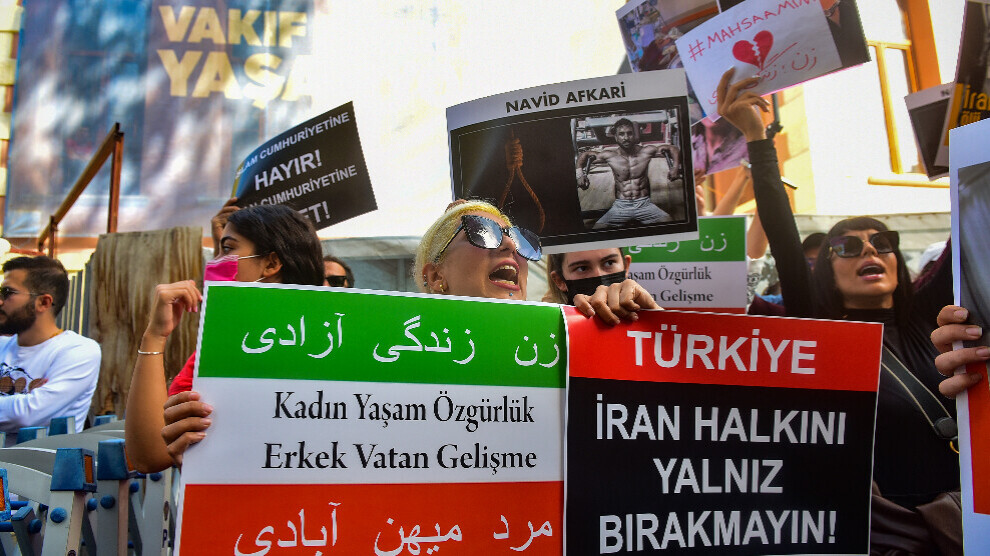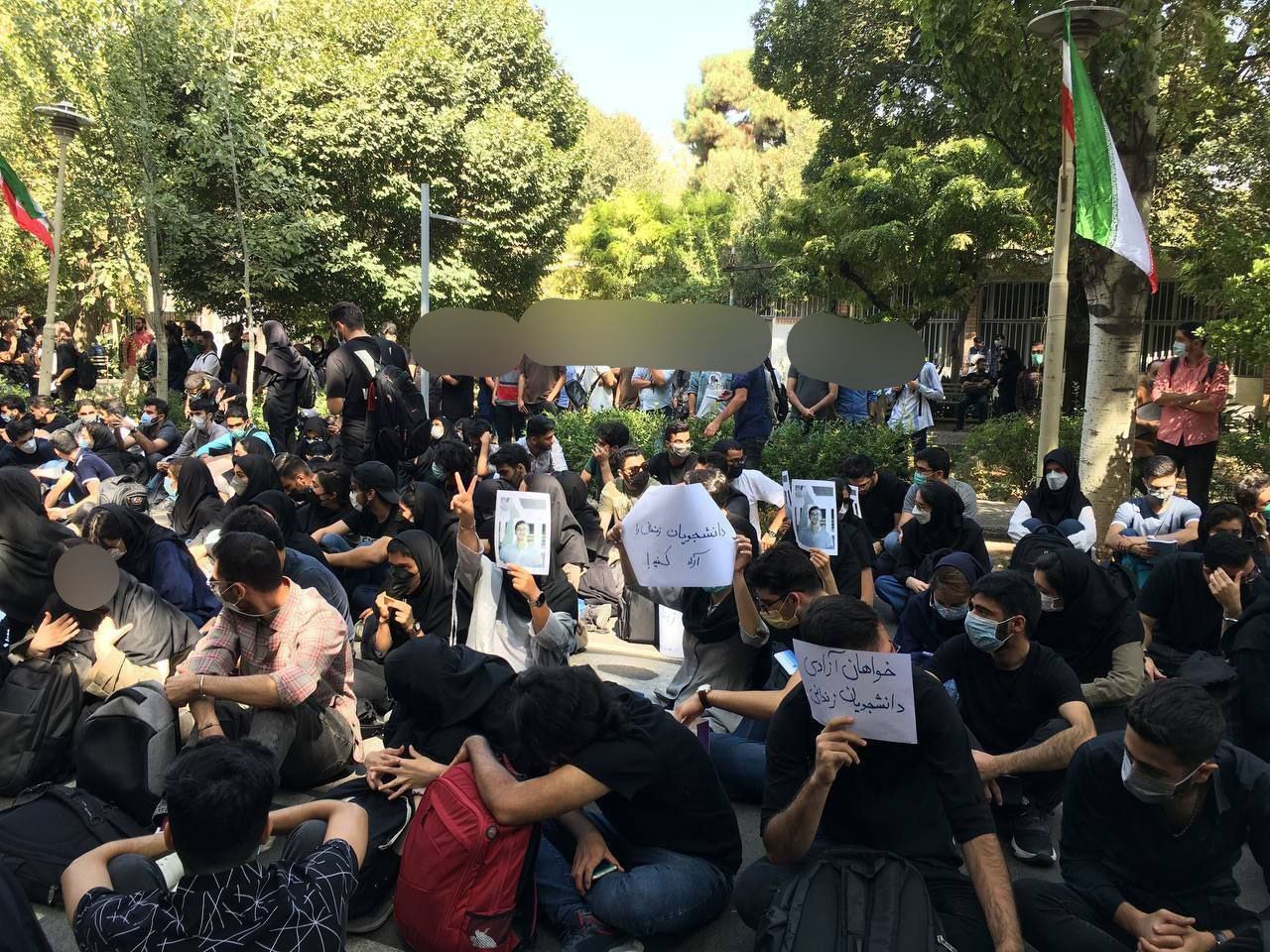ELECTION DAY
His 2018 win had supposedly put ‘socialism’ on trial. On Sunday, Brazil’s leader faces his own indictment from voters.
- Contributing editor at Jacobin Magazine.

In the aftermath of Brazil’s last general election in 2018, the Wall Street Journal’s editorial page celebrated the victory of Jair Bolsonaro – a former low-ranking army officer, far-right fringe politician, and fan of Brazil’s sadistic military dictatorship from 1964 to 1985.
According to one bizarre article by the right-wing writer Mary Anastasia O’Grady, there was a simple explanation for the electoral triumph of the man that many analysts had compared with the then-president of the United States, Donald Trump. Despite the fact that Bolsonaro had been “labeled a racist, a misogynist, a homophobe, a fascist, an advocate of torture and an aspiring dictator”, he had prevailed, the piece argued, because Brazilians were “in the midst of a national awakening in which socialism – the alternative to a Bolsonaro presidency – has been put on trial”.end of list
While a socialist presidency certainly beats fascist torture any day, “socialism” was in truth not even in the running in 2018. The Brazilian Workers’ Party (PT) – whose candidate Bolsonaro defeated – is not socialist but rather centre-left, and has furthermore done its fair share to advance neoliberal capitalist interests over the years. Granted, the PT has also committed such flagrantly leftist crimes as helping to extricate millions of Brazilians from poverty and hunger, as transpired during the first decade of this century under President Luiz Inácio Lula da Silva.
Now, it’s election time again in South America’s largest country – and folks may be in for another “awakening”. As Brazil votes tomorrow, Lula is back in the race, and is leading Bolsonaro in the polls (although, as Bloomberg reports, Goldman Sachs and concerned hedge funds have assured clients the election will be “tighter” than surveys suggest).
Of course, Bolsonaro’s disdain for democracy means that he won’t necessarily accept a Lula win on October 2 – or, in an October 30 run-off, which would be required if no candidate secures half of the votes cast. Nor must one underestimate the power of social media disinformation – a veritable scourge in Brazil – in rallying Bolsonaro voters.
It bears recalling that, in 2018, the election of Bolsonaro – who would go on to suggest that coronavirus vaccines could turn people into crocodiles and make women grow beards – was significantly facilitated by an obsessive right-wing campaign to demonise and criminalise the PT under the guise of “anti-corruption”. Before Lula himself was imprisoned in April 2018 – on trumped-up charges produced by that same campaign – he had been the favourite to win that year’s presidential race.
Benjamin Fogel, an historian who researches Brazilian anti-corruption politics, recently explained to me some of the additional factors driving the “general right-wing shift in Brazilian society” that enabled Bolsonaro’s emergence as head of state. They include a growing middle class with a “meritocratic” societal view that essentially blames poor people for their poverty. Social welfare programmes and other government efforts to address structural inequality have thus been frequently seen as unmerited – or as a form of corruption in themselves.
Also tied up in the right-wing shift are, of course, ever-charitable financial machinations by big business, as well as the normalisation of once-taboo topics such as those pertaining to the military dictatorship. The swift spread of Christian evangelicalism, too, has proved politically compatible with Bolsonaro’s brand of conservative zealotry.
However, as Fogel emphasised, Bolsonaro’s approach to the presidency “didn’t really translate into any sort of practical terms for governance beyond dismantling the basic institutions of government”. Public health, public education and other concepts that are anathema to the right wing came under fire. Bolsonaro packed the cabinet and public administration with more military officers than even during the dictatorship.
Thanks to Bolsonaro’s stewardship of the pandemic – during which he wrote off the coronavirus as a “little flu” – Brazil has racked up nearly 700,000 official deaths, putting the country in second place after the United States for most COVID-19 fatalities. When a female Brazilian journalist questioned the president about the domestic vaccination rate, Bolsonaro responded with typical maturity: “You think about me in your sleep, you must have a crush on me or something.”
He has also been a plague on the environment, enthusiastically championing the destruction of the Amazon rainforest. After all, it’s not like the Amazon is crucial to life on Earth.
Add to this severe economic mismanagement, soaring inflation, rising poverty rates and a surge in membership of neo-Nazi groups in Brazil, and it starts to seem like the old “awakening” wasn’t all it was cracked up to be. Still, hey, at least Bolsonaro rescued Brazil’s presidential palace from the “demons” that had formerly “overtaken” it, according to his wife, Michelle Bolsonaro. The president has also strived to inculcate his citizenry with a deep and God-fearing piety, and in August encouraged supporters: “Buy your guns! It’s in the Bible!”
Meanwhile, Lula, whose corruption convictions have been annulled, has rightly disillusioned many leftists by being overly accommodating in his efforts to court elite voters unhappy with Bolsonaro. He has chosen a right-wing running mate with a history of antagonising the PT. Yet, as things currently stand, Lula is the only ticket out of the Bolsonarist nightmare.
As the historian Fogel remarked to me, “what Lula stands for in this election, rather than radicalism, is a memory of a better time where you could provide for you and your family”. He stressed the importance of questioning whether the Brazilian right “has any actual interest in governing” or if the aim is simply to “remove all protections” in the pursuit of a sort of “war against all”.
Perhaps nothing better encapsulates the apocalyptic nature of that war than the fires that have been raging in the Brazilian Amazon ahead of Bolsonaro’s expected defeat in the election, as deforesters race to deforest while the deforesting is still good.
As Brazilians head to voting booths, here’s hoping the country is about to awaken from a bad dream.
The views expressed in this article are the author’s own and do not necessarily reflect Al Jazeera’s editorial stance.
 Contributing editor at Jacobin Magazine.Belén Fernández is the author of Checkpoint Zipolite: Quarantine in a Small Place (OR Books, 2021), Exile: Rejecting America and Finding the World (OR Books, 2019), Martyrs Never Die: Travels through South Lebanon (Warscapes, 2016), and The Imperial Messenger: Thomas Friedman at Work (Verso, 2011). She is a contributing editor at Jacobin Magazine, and has written for the New York Times, the London Review of Books blog, Current Affairs, and Middle East Eye, among numerous other publications.
Contributing editor at Jacobin Magazine.Belén Fernández is the author of Checkpoint Zipolite: Quarantine in a Small Place (OR Books, 2021), Exile: Rejecting America and Finding the World (OR Books, 2019), Martyrs Never Die: Travels through South Lebanon (Warscapes, 2016), and The Imperial Messenger: Thomas Friedman at Work (Verso, 2011). She is a contributing editor at Jacobin Magazine, and has written for the New York Times, the London Review of Books blog, Current Affairs, and Middle East Eye, among numerous other publications.













